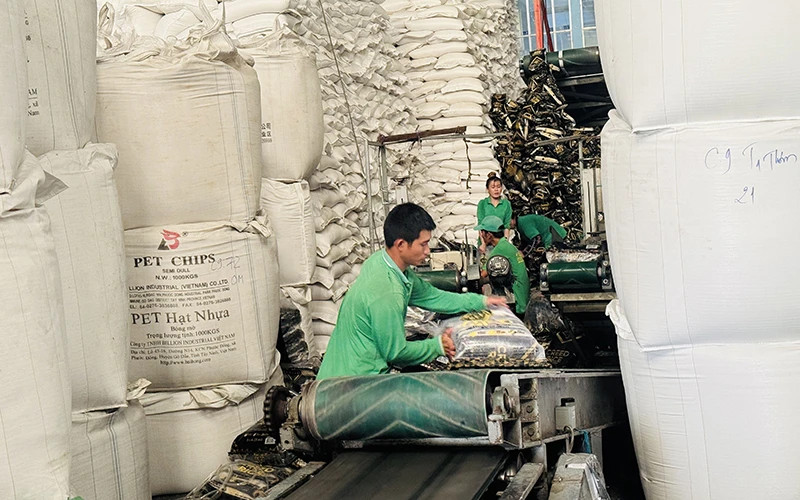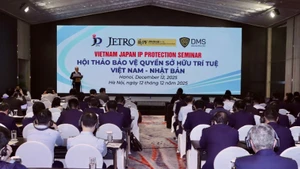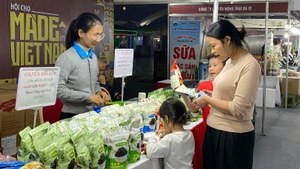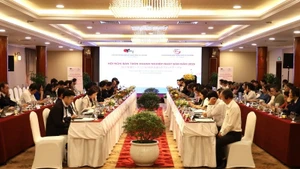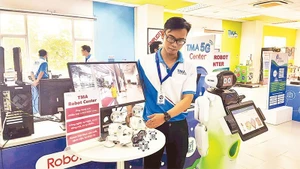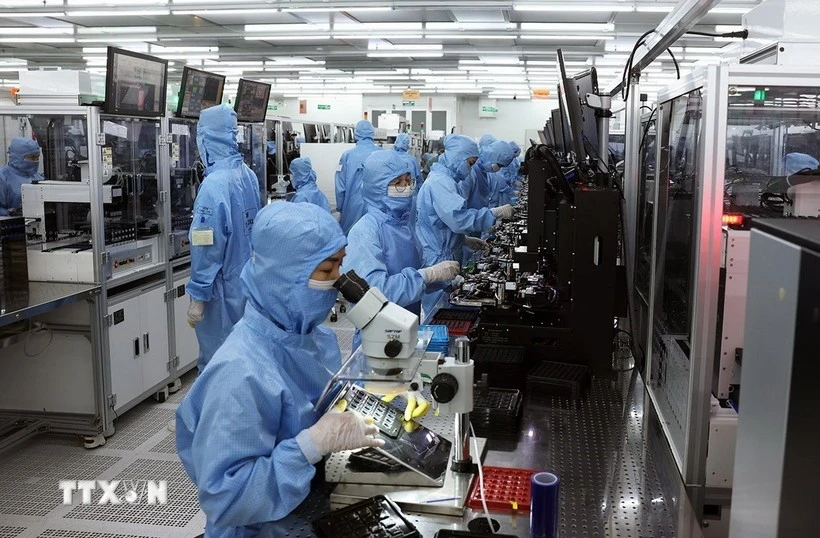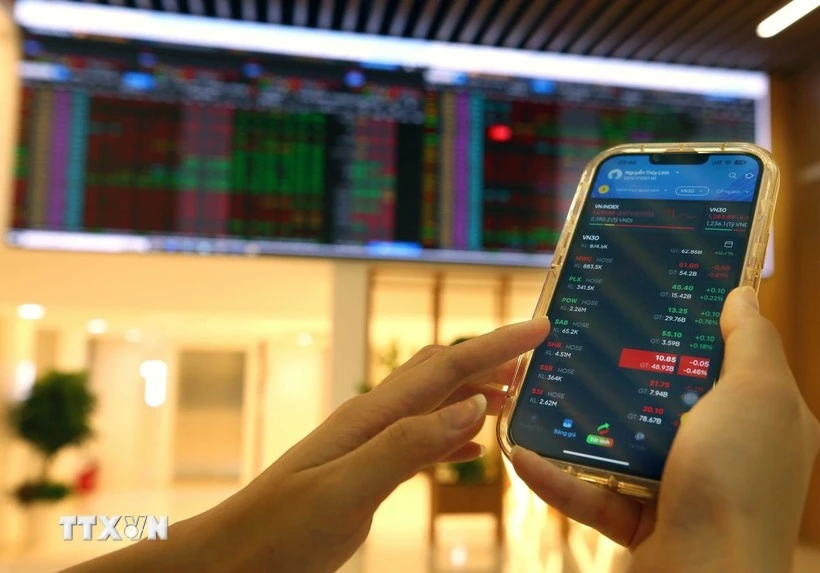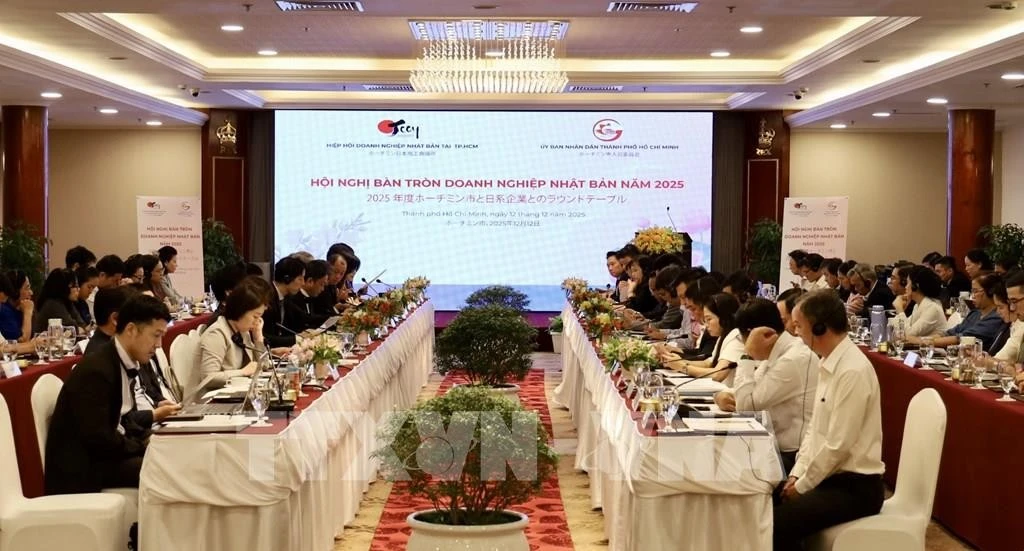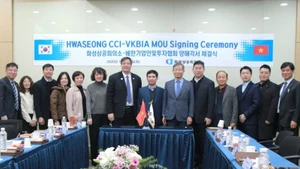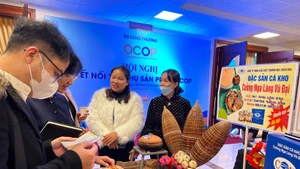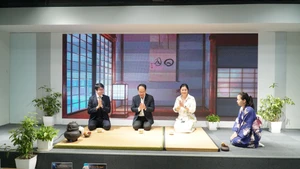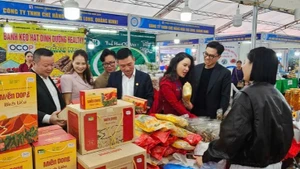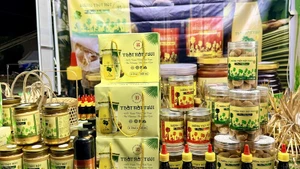Notably, the banking sector has also quickly implemented a preferential credit programme, expected to contribute to achieving the goals set out in the Project soon. Credit for the rice industry always has a higher growth rate than credit growth in the agricultural and rural sectors. Of which, the credit capital in the Mekong Delta region is currently about 124 trillion VND, accounting for 53% of the outstanding rice credit balance nationwide.
Ensuring sustainability
It can be said that rice is one of the key agricultural export products of Vietnam. Therefore, the specific goal in the Project clearly states that by 2030, one million hectares of high-quality and low-emission rice specialised areas will be formed, associated with the reorganisation of the production system according to the value chain; applying sustainable farming processes to increase value, sustainably develop the rice industry; improve production efficiency, business, income and life of rice growers; protect the environment, adapt to climate change and reduce greenhouse gas emissions, contributing to the implementation of Vietnam’s international commitments.
Deputy Minister of Agriculture and Rural Development Tran Thanh Nam said that currently, 7 pilot models are being implemented in 5 localities including: Can Tho, Dong Thap, Kien Giang, Tra Vinh and Soc Trang, of which, 4 out of 7 pilot models for the summer-autumn crop in 2024 have reported very positive results, creating great encouragement for farmers and businesses. Specifically, costs are reduced by 20-30% (reducing more than 50% of seeds, more than 30% of nitrogen fertilizer, 2-3 times of pesticides, about 30-40% of irrigation water); productivity increases by 10% (reaching 6.3-6.6 tonnes/hectare compared to the control at 5.7-6 tonnes/hectare); increasing farmers' income by 20-25%; reducing an average of 3-5 tons of CO2 equivalent per hectare and all harvested rice output is registered by businesses with a purchase price 200-300 VND/kg higher.
As one of the units piloting 50 hectares of emission-reducing rice cultivation, Chairman of the Board of Directors and Director of Thang Loi Cooperative (My Dong Commune, Thap Muoi District, Dong Thap Province) Nguyen Van Hung shared some positive results. Accordingly, emission-reducing rice cultivation has reduced the amount of fertilizer from 60 kg to 40 kg compared to conventional rice cultivation. Not only that, reducing the amount of fertilizer also helps reduce about 30% of labour and reduce environmental damage, ...
“Our upcoming cooperative model will be to have no human footprints in the fields, mechanise agriculture and calculate according to carbon credits”, Hung excitedly said. Currently, Thang Loi Cooperative is also proposing to expand by 100 more hectares of rice cultivation. According to the cooperative representative, if participating in this chain, farmers will receive technical support, seeds, etc. When participating in the Project, farmers will change their thinking and production methods towards digital agriculture, all information and data about rice varieties, sowing dates, fertilization, etc. are stored in smartphones.
According to Tran Truong Tan Tai, General Director of Vietnam Rice Limited Company, when piloting rice cultivation with reduced emissions, production costs are low, and the selling price is 1,000 VND/kg higher than conventional cultivation. However, to do big business and feel secure in investing long-term in 1 million hectares of high-quality, low-emission rice, businesses want to borrow medium and long-term capital.
Unlimited credit capital
Deputy Director of Chon Chinh Import-Export Company in Dong Thap province Nguyen Khac Duy acknowledged that participating in the Project will benefit both businesses and farmers. This cooperation helps businesses ensure supply, avoiding shortages when needing to sign large orders. If the Project is well implemented, farmers' cultivation costs will decrease, while the quality of goods will be improved. Thanks to that, higher quality rice will help businesses achieve better selling prices in the market. The business representative also expressed the need to borrow an additional 150-200 billion VND from the bank with an interest rate of 4-5%/year. This capital will be used by the company to purchase rice, and at the same time expand the warehouse area to double the current capacity to 50,000 tonnes and the drying system to a capacity of 1,000 tonnes/day.
In response to the capital needs, especially medium and long-term capital sources of businesses, Permanent Deputy Governor of the State Bank of Vietnam Dao Minh Tu said that, unlike the credit programs that the banking industry has been implementing, the one million hectare high-quality rice project does not limit the loan package. This means that banks are ready to meet the demand and capacity of this sector. If commercial banks cannot balance the capital source, the State Bank of Vietnam is ready to support with re-lending sources.
In fact, following the direction of the Prime Minister and the State Bank of Vietnam, the banking sector in the southern region has proactively reviewed and compiled lending data for the rice sector, and proactively worked with departments, branches and localities to cooperate and provide credit products and services to participants in each specific area.
Many bank branches in the region said that the source of preferential interest rate capital for lending to the Project is very abundant. It is noted that in some key rice growing localities, the Agribank branch system is ready to provide preferential interest rate credit capital and deploy products and services to support the construction of high-quality rice growing areas. According to Agribank Deputy General Director Phung Thi Binh, the bank is building a closed lending product for all participants in the Project, from households and individuals growing rice to input material suppliers and export processing units.
According to Vuong Tri Phong, Director of the State Bank of Vietnam, Dong Thap branch, by the end of September 2024, the total outstanding loans for the rice sector in the area reached more than VND 15,200 billion, an increase of about 1.8 trillion VND compared to the end of 2023. Agribank is the main bank lending to this sector, currently actively disbursing preferential loans with interest rates reduced by 1-1.5%/year,...
Deputy Governor Dao Minh Tu added that in the coming time, when the Ministry of Agriculture and Rural Development has completed the development and promulgation of technical and economic norms for high-quality rice production, as well as announced the list of specialized areas of the Project, Agribank branches as well as other banks can approach, consider, and decide to lend to each model. In addition, the bank will coordinate with departments, branches and entities in each model to record and handle difficulties and problems related to credit capital issues during the implementation of this Project.
